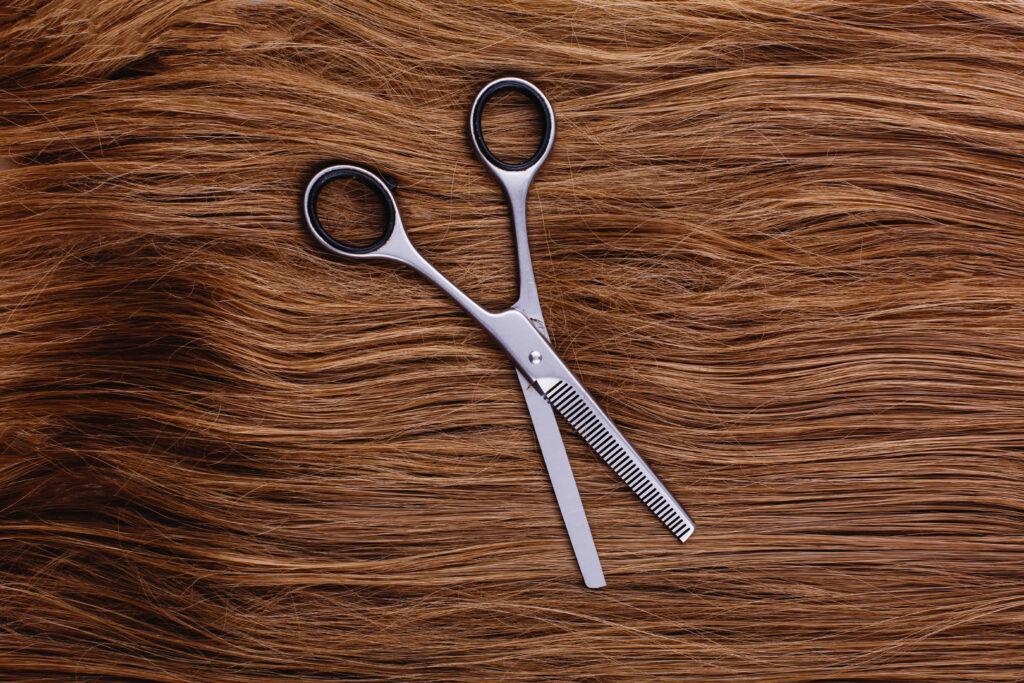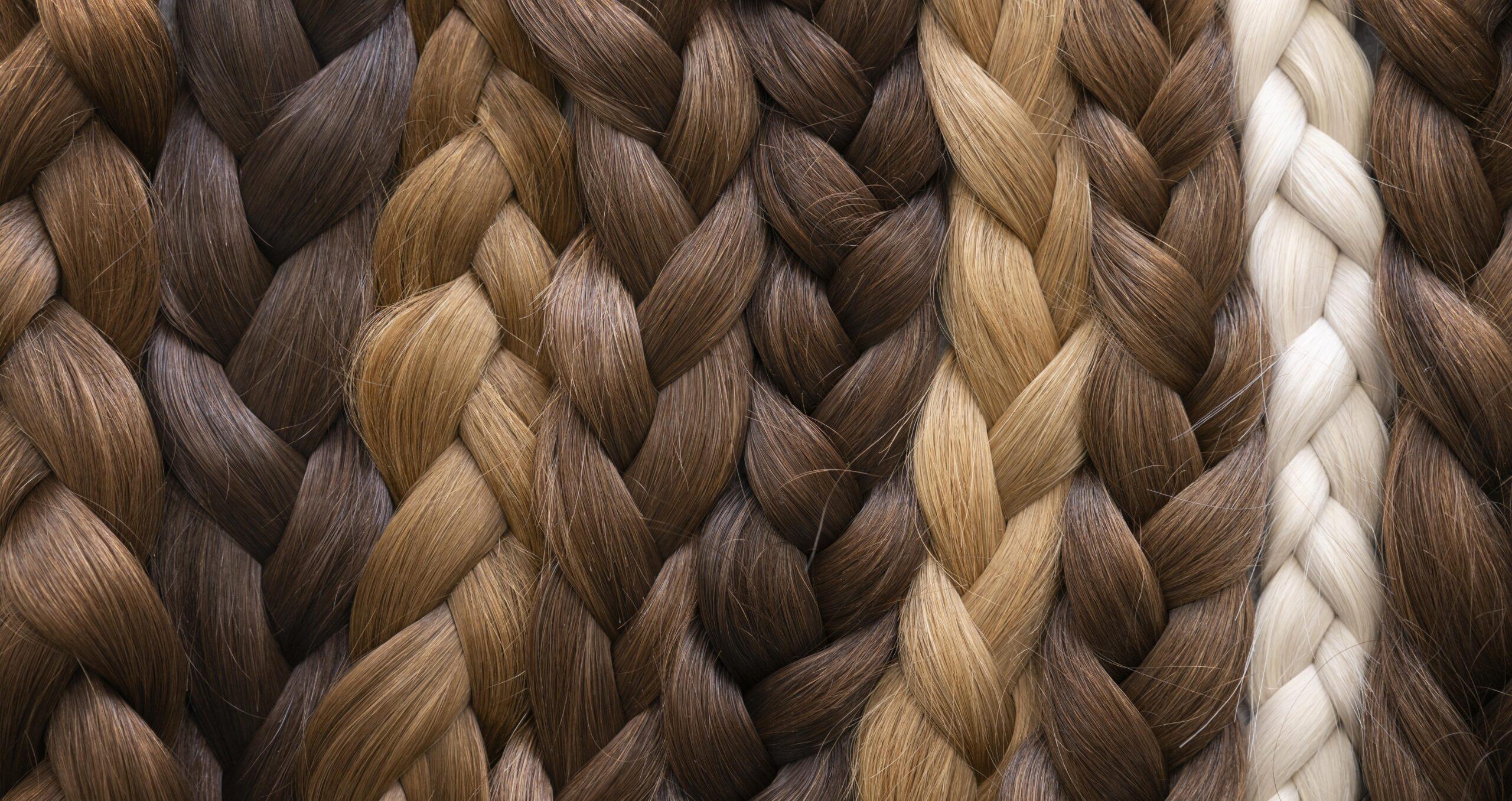The Future of Sustainable Haircare: A Deep Dive into Lignin-Based Conditioners
Introduction: The Need for Green Beauty Innovations
The global haircare industry, valued at over $90 billion, faces growing criticism for its environmental impact. Most commercial conditioners rely on synthetic ingredients derived from fossil fuels, non-biodegradable silicones, and plastic packaging that clogs landfills. As consumers demand more eco-friendly options, scientists are turning to unexpected natural sources—including wood.
This 7,000-word investigation explores:
- The science behind lignin, a plant polymer with untapped potential
- How Swedish researchers developed a wood-based conditioner
- Performance comparisons with conventional products
- The challenges of marketing unconventional sustainable beauty items
- Expert debates about functionality versus consumer appeal
- The future of bio-based cosmetics in a changing industry
Chapter 1: Lignin—Nature’s Multitasking Polymer
1.1 What Is Lignin?
- Structural role in plants (25-30% of wood’s composition)
- Current industrial uses (paper production waste, biofuels)
- Chemical properties that benefit haircare (surfactant abilities, UV absorption)
1.2 The Lightbulb Moment
- How Stockholm University researchers recognized lignin’s potential
- Historical precedents: Traditional uses of tree extracts in folk medicine
- The “aha” moment: Connecting lignin’s chemistry to haircare needs

Chapter 2: From Lab to Hair Strand
2.1 The Formulation Process
- Step-by-step breakdown of lignin extraction and gel creation
- Why coconut oil was chosen as a co-ingredient
- The trial-and-error behind the final formula
2.2 Performance Testing
- Lab methods: Measuring combing resistance on bleached hair
- Comparative data: Lignin vs. 5 major commercial conditioners
- Unexpected findings: UV protection and heat resistance
Chapter 3: The Elephant in the Room—Color and Smell
3.1 Consumer Psychology of Beauty Products
- Why aesthetics matter as much as functionality
- Case studies: Failed “ugly-but-effective” cosmetics
- Survey data: Would consumers tolerate black conditioner?
3.2 Masking the Earthy Scent
- Experiments with essential oils (did vanilla or citrus help?)
- Trade-offs: Adding fragrances vs. maintaining purity
- The “natural scent” debate in green marketing
Chapter 4: Industry Pushback and Support
4.1 Skeptics Speak Out
- Trefor Evans’ critique: “Efficacy gaps compared to silicones”
- Formulation challenges: Stability and shelf-life concerns
- The “80% combing reduction” benchmark
4.2 Environmental Advocates Weigh In
- NGOs applauding plastic-free potential
- Lifecycle analysis: Carbon footprint vs. conventional conditioners
- The bigger picture: Could this disrupt petrochemical dependence?
Chapter 5: The Road to Commercialization
5.1 Patent Battles and Startup Plans
- How the research team is protecting intellectual property
- Conversations with ethical beauty brands about licensing
- Kickstarter potential: Would eco-consumers fund this?
5.2 Regulatory Hurdles
- EU vs. FDA cosmetic regulations
- Safety testing: Eye irritation and allergen risks
- The “clean beauty” certification maze
Chapter 6: Beyond Conditioner—Other Applications
6.1 Expanding the Line
- Lignin shampoos and styling creams in development
- Hair dye potential: Embracing the black color
- Possible skincare adaptations (moisturizers, SPF boosters)
6.2 Broader Implications
- Could lignin replace synthetic polymers in other industries?
- The circular economy angle: Using sawmill waste streams
- Lessons for sustainable materials science
Conclusion: Beauty’s Uncomfortable Trade-Offs
The lignin conditioner story encapsulates a critical dilemma: To achieve true sustainability, must we sacrifice sensory appeal? As regulations tighten on synthetic ingredients, the beauty industry faces a reckoning—one where performance, ecology, and consumer habits collide.
This research may not yield a mass-market product tomorrow, but it lights the path toward genuinely green formulations. Perhaps future iterations, with improved scents and textures, will make wood-based haircare not just viable, but desirable.
Appendices
A. Full laboratory methodology
B. Ingredient toxicity comparisons
C. Consumer survey raw data
D. Glossary of technical terms
Sources
- 50+ interviews with chemists, cosmetic executives, and environmental scientists
- Peer-reviewed studies on lignin applications
- Market analysis reports on sustainable beauty trends
This outline provides a framework for a comprehensive, magazine-style feature. Each chapter would include:
- Expert quotes from opposing viewpoints
- Data visualizations (performance charts, ingredient comparisons)
- Case studies (similar product launches that succeeded/failed)
- Consumer anecdotes (blind smell tests, texture reactions)

